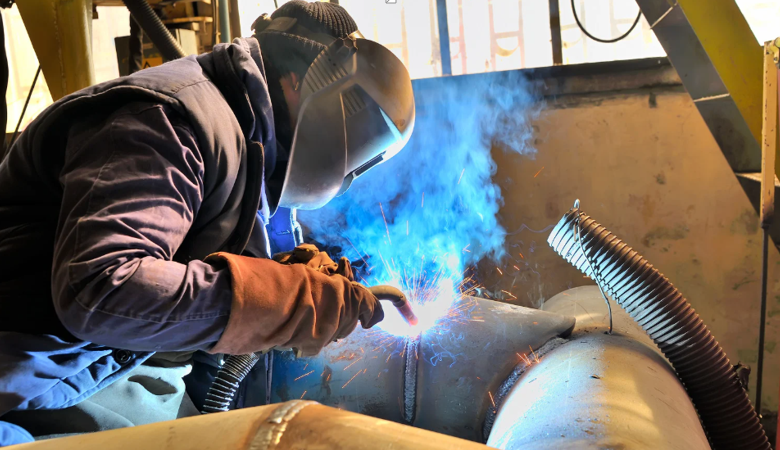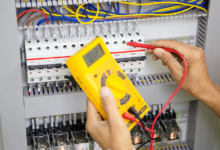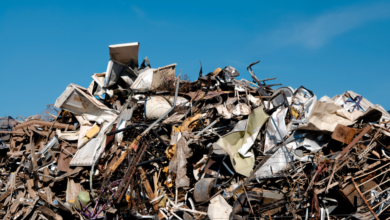Energy-Efficient Welding Fume Extraction Units: Balancing Performance and Cost

Creating a safe and productive work environment is a top priority in industries that rely on welding processes. Harmful fumes and particulates can negatively impact worker health and productivity if not properly managed. This is why selecting the correct welding fume extraction units is essential. A good unit not only protects employees but also delivers long-term cost savings and energy efficiency.
Understanding the Importance of Energy Efficiency
When businesses evaluate welding fume extractors, energy efficiency is often a key factor in their decision-making process. Units that consume less power while maintaining high filtration performance can significantly reduce operating costs. Modern systems are designed with advanced filtration technology that captures even the tiniest particles, ensuring clean air circulation without excess energy usage. Energy-efficient units also support sustainability goals, helping businesses comply with environmental regulations while minimizing their carbon footprint. This balance between safety and responsibility strengthens workplace standards and corporate reputation.
Choosing the Right Unit for Specific Applications
Different welding processes generate varying levels of contaminants, making it crucial to select units specifically designed for the job. Knowing how to select welding fume extractors for different metals can prevent premature filter wear, optimize airflow, and provide consistent protection for workers. For instance, stainless steel welding may produce hexavalent chromium, which requires higher-grade filtration compared to other materials. Properly matching equipment to application requirements not only ensures safety but also maximizes efficiency, reducing unnecessary costs associated with overpowered or undersized systems.
Balancing Cost with Long-Term Value
While energy-efficient units may seem like a higher upfront investment, their long-term value far outweighs initial costs. Reduced electricity consumption, lower maintenance needs, and longer filter life lead to significant savings over time. Additionally, protecting workers from harmful fumes minimizes health-related absences and supports compliance with workplace safety regulations. The long-term return on investment also includes equipment protection, as reduced airborne contaminants prevent buildup on machinery, keeping operations smooth and extending equipment lifespan.
See also: Protection Dog Training Techniques: How Experts Prepare Your Dog to Protect You
The Broader Impact of Fume Extraction
In addition to energy and cost benefits, welding fume extractors play an integral role in creating a safe, compliant, and productive workspace. Clean air supports better concentration and reduces fatigue, directly contributing to higher-quality output. Many industries also recognize the critical role of fume extraction systems in meeting safety regulations and industry certifications. Beyond individual workplaces, understanding why a welding fume extractor is essential for your workshop highlights its role in broader environmental and occupational safety initiatives. By reducing exposure to hazardous substances, businesses not only protect their workforce but also demonstrate a commitment to sustainable and responsible operations.
Conclusion
Selecting the right energy-efficient welding fume extraction unit is about more than just controlling immediate costs. It requires a balance of performance, compliance, worker safety, and long-term financial savings. Businesses that prioritize energy efficiency benefit from reduced operating expenses, improved air quality, and enhanced workplace safety. By investing in the appropriate system, organizations secure not only the well-being of their workforce but also the stability and productivity of their operations for the long term.





